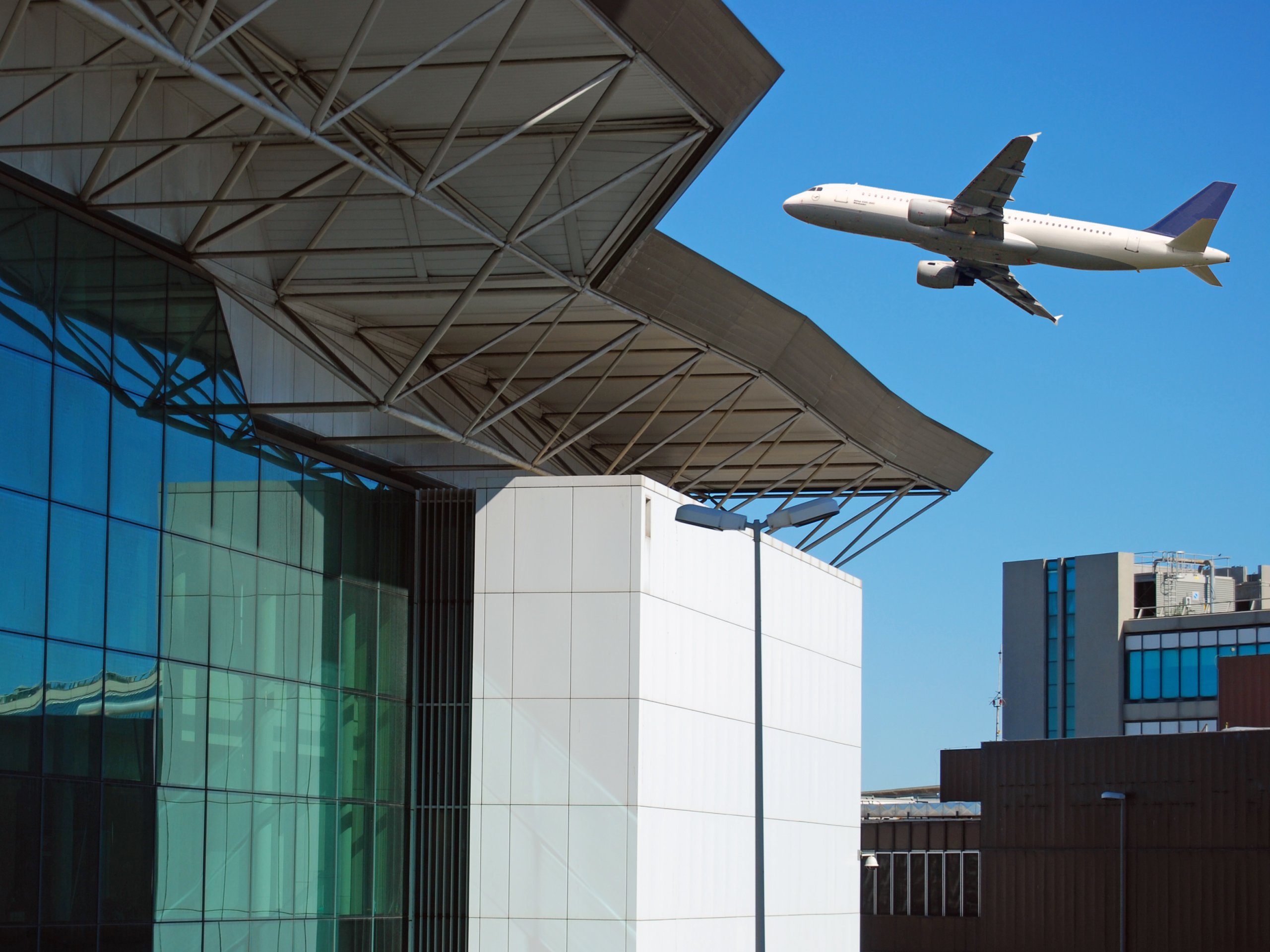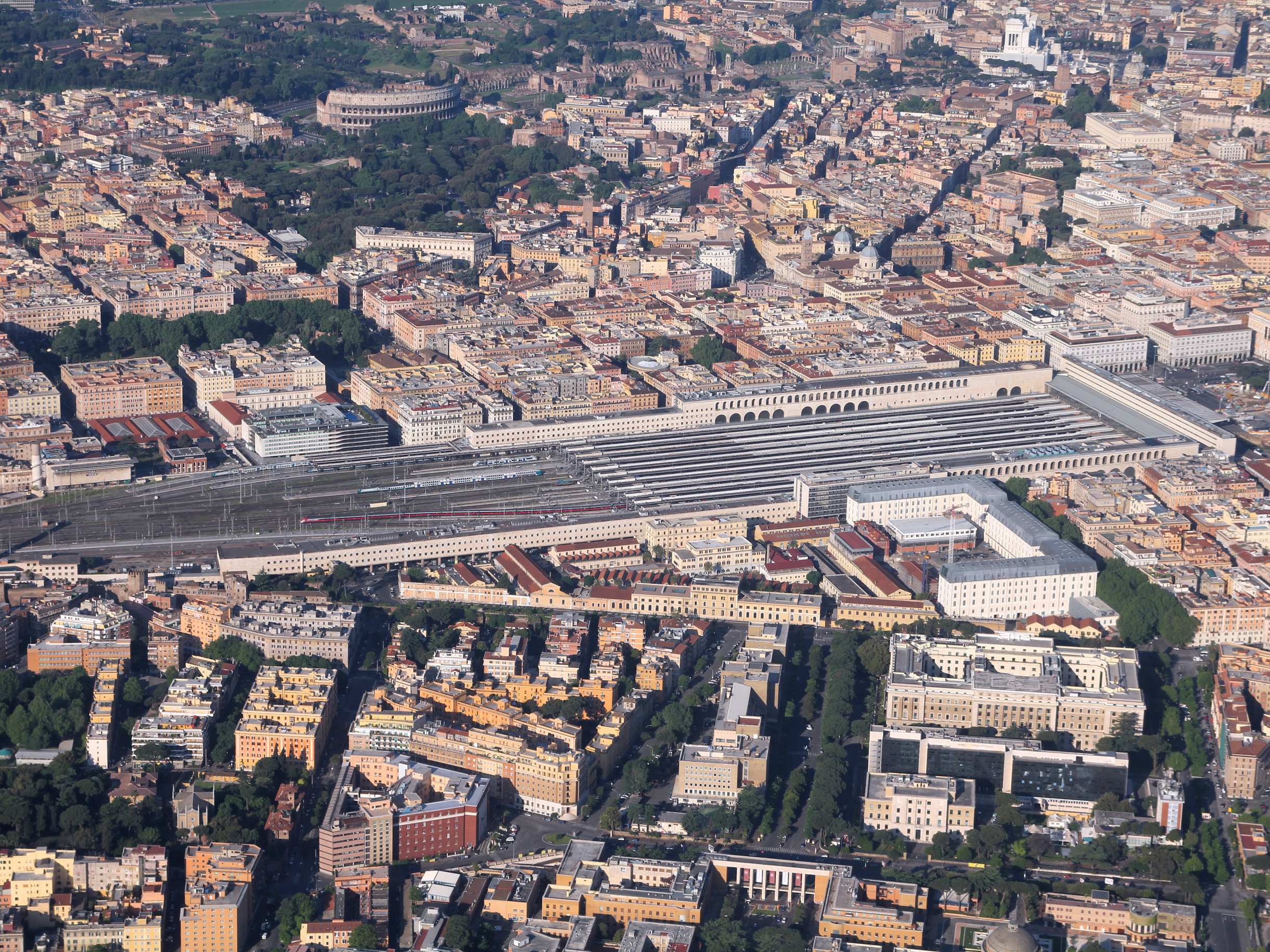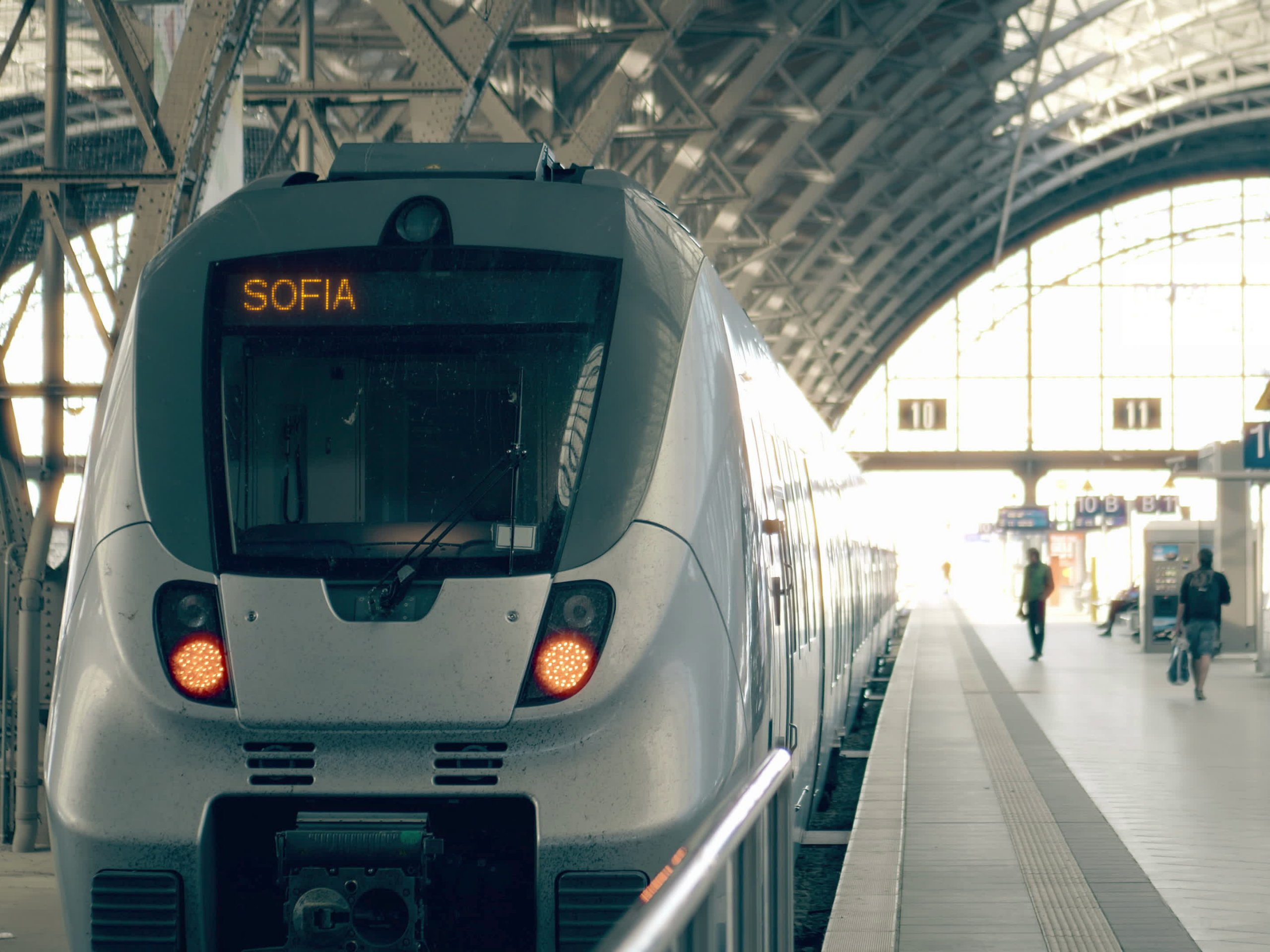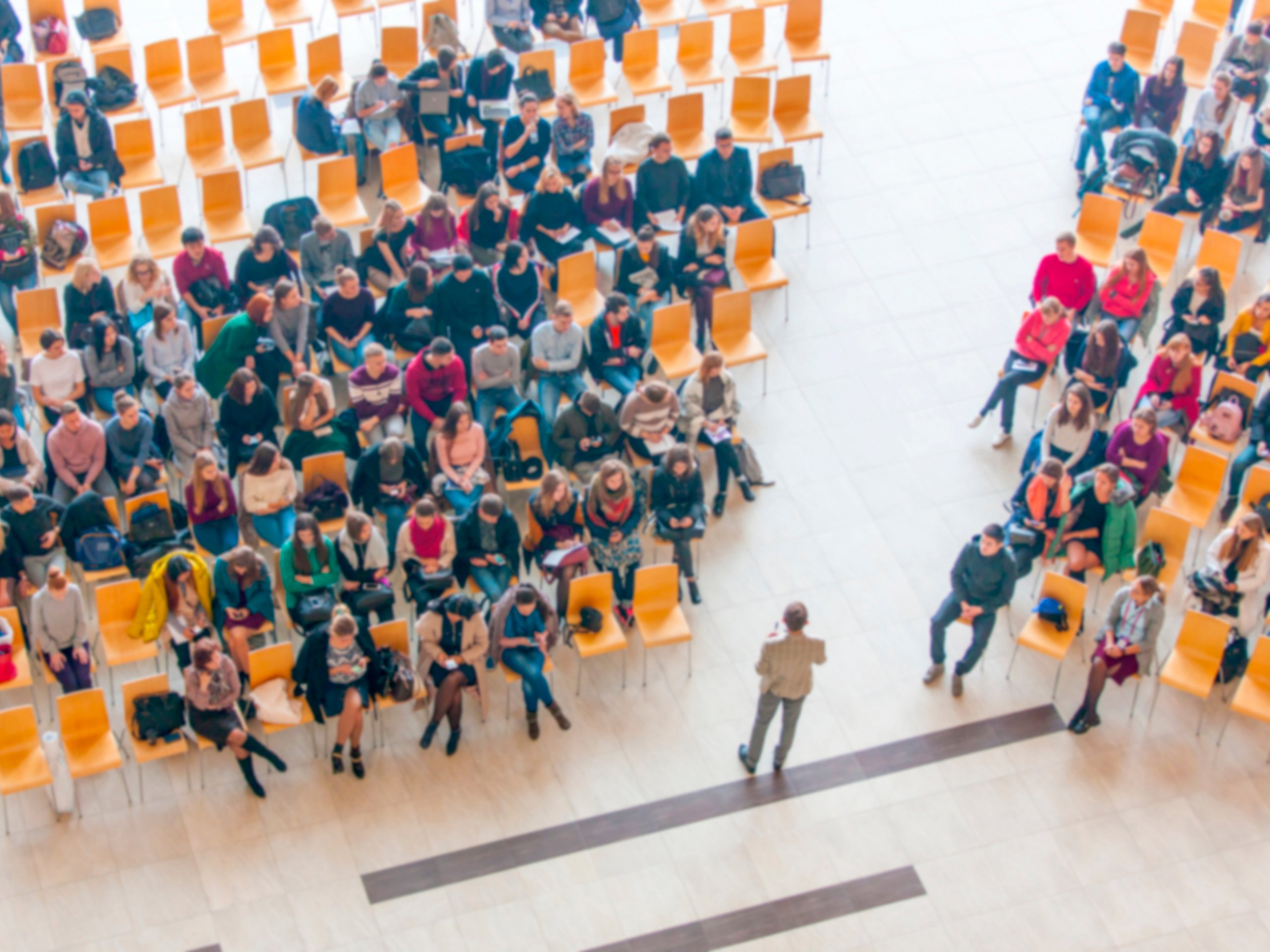
Pedestrian simulation models have been used in very different situations: before and after the pandemic. In the first case, different alternatives of station layout have been simulated and assessed, while in the second one possible solutions to guarantee the respect of social distancing have been identified.
Our tasks:
– Pedestrian simulation
– Assessment

MODELING, SIMULATION AND CAPACITY-FREQUENCY TRADE OF SOLUTION
The main aim of this study was to increase passenger throughput in case of social distancing due to pandemic. A single platform has been considered with two related tracks. Thanks to the integration between a discrete-event simulator and optimization tools, a wide range of combinations of train schedule, occupancy and management rules have been explored and a Pareto front of optimal solutions has been identified.
Our tasks:
– Model development
– Simulation and optimization

A station from the Metro of Sofia has been studied. It is made up by stairways, corridors, and all other facilities that usually are present in such terminals.
The optimal dimensions of each facility have been determined through a Multi Objective Genetic Algorithm.

Every year the Liceo Petrarca high school in Trieste organizes a sort of Convention dealing with classical culture.
A very high number of students, parents and citizens participate to conferences, concerts and dramatic performances which take place in different locations within the school building.
Therefore stairways, corridors and all spaces are really very crowded. Last year more than 1700 people were present.
A simulation has been performed to define the locations of services and to define the best possible use of spaces.